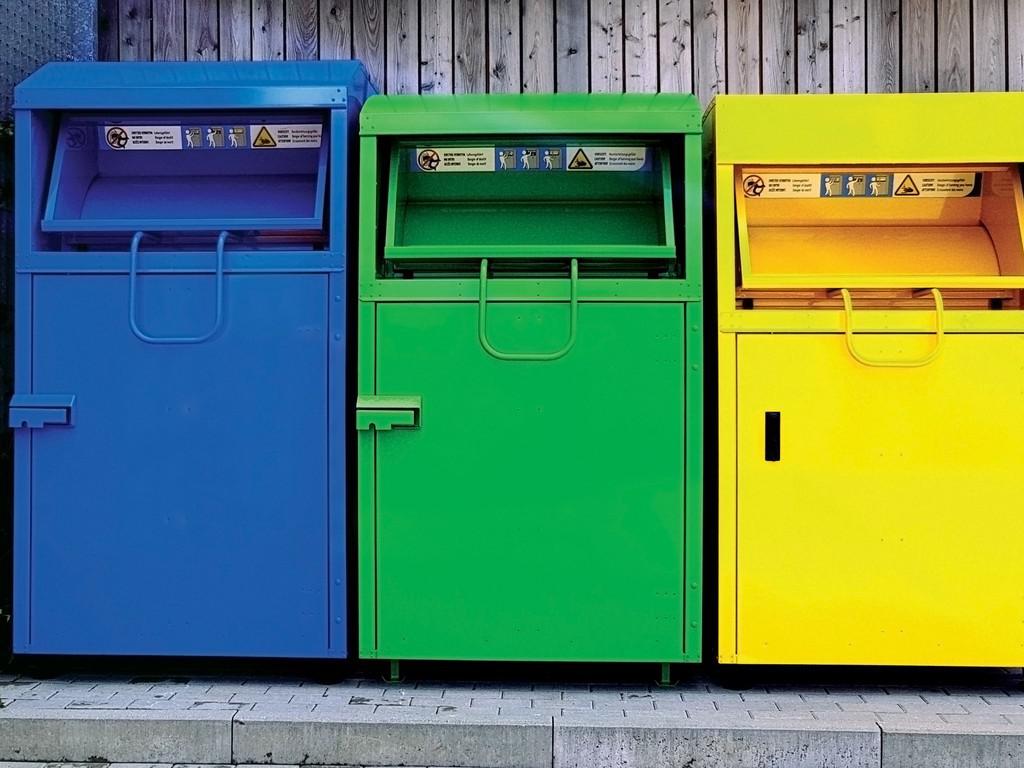How was the clothing container born and for what purpose?
It was in 1984, when the Emmaüs community in northern France was looking for a way to promote integration through the work of adults in a situation of exclusion that the activity of collecting clothing and recycling textiles has appeared. Textile recovery is an easy activity that makes it possible to hire many people without any particular qualification.
A few years later, clothing containers began to equip French municipalities to facilitate collection. The purpose of these containers is to be able to sort and recycle clothes while creating sustainable and solidarity-based jobs throughout France.
By donating clothes, we are helping to protect the environment since 90% of the textiles collected are recovered and recycled. It also helps to prevent these clothes from being thrown in the landfill or incinerated.
Collection of clothing: what can be put in a textile container?
You have finished sorting your closet and several bags of clothing are piled up in your room. You are about to drop them off at a collection point specializing in textiles. But did you follow the instructions correctly? Before getting rid of your old clothes, a few rules are in order to facilitate the sorting work that will be done afterwards.
Whether they're outdated, worn or even ripped and ripped, you can drop off your items to be reused or recycled. However, care must be taken that they are neither wet nor damp. In fact, damp clothes risk generating mold which can spread to other rooms and make it impossible to recover the textiles afterwards.
It is also necessary to use bags of a maximum of 30 liters so that they can fit into the garment container and ensure that they are properly closed. It is preferable that the clothes are clean and dry.

All men's, women's and children's clothing is accepted. Consider tying shoes together and separating leather goods, clothing, and shoes.
In these voluntary drop-off points, it is also possible to drop off toys, belts and linens (such as sheets, blankets, tablecloths or curtains). Non-recyclable items are then refurbished to be sold or donated to associations. However, some items are not provided for this collection, such as mattresses, box springs, carpets, oilcloths or used rags from companies.
What happens to our clothing from collections?
Once collected in the clothing container, the items are taken to a sorting centre. There are several scattered throughout France.
Depending on their condition, the clothes are then:
More than 99% of textiles are recycled, only a tiny part remains that ends up in the recycling center.
Clothes in better condition, sometimes new, of good quality or from major brands are carefully cleaned, then sent to a solidarity shop created especially for resale. These thrift stores offer clothes, shoes, leather goods and household linen of very good quality and in excellent condition. Low prices are de rigueur to allow the whole family to find what they are looking for.
Exporting to Africa is also part of this sector. Indeed, some clothes sorted in France are sent to Africa. The priority, for several years now, has been to continue to set up more and more sorting centers on this continent in order to also support the local population.
There are more and more low-quality clothes on the market that are difficult to re-inject into the traditional channels of second-hand resale or export.
These fabrics are then frayed, sorted by color, transformed into fibers to then become an insulating material that can be used in the automotive industry or as insulation that can be marketed via a network of distributors for professionals and individuals.
Where can I find a clothing container near me?
There are nearly 45,000 clothing containers throughout France. They are easily spotted. They are found in the main squares of towns and villages, in the car parks of supermarkets and in recycling centers. Quite often they are located near glass containers.
You also have the option of dropping off your clothes bags in specialized shops or giving them to an association. Some neighborhoods offer door-to-door clothing collections. It's time to give a second life to your clothes that have been sleeping in your closet for years.
Don't hesitate! Come and put your textiles in a container, because even a damaged, torn, unstitched or worn garment can be recycled. Its fibers can indeed be recovered to be transformed.








